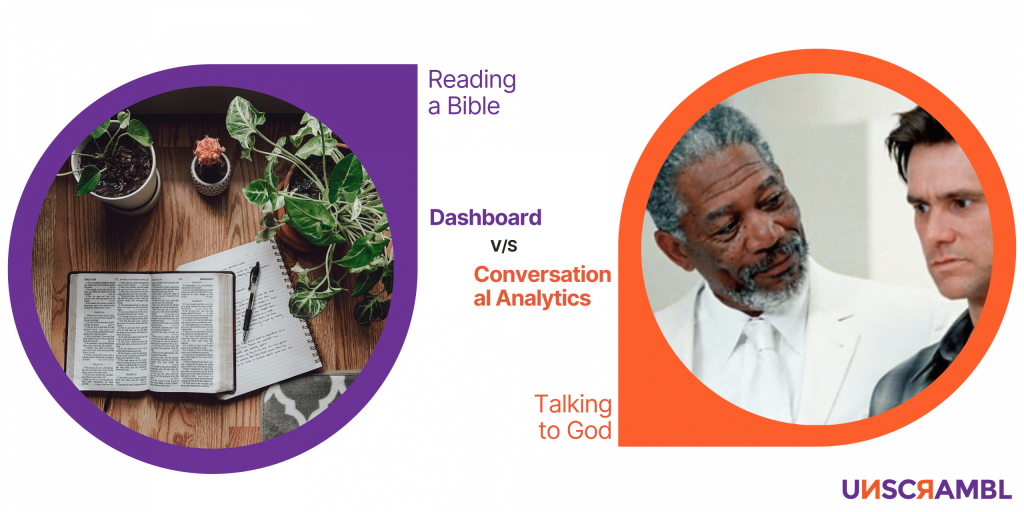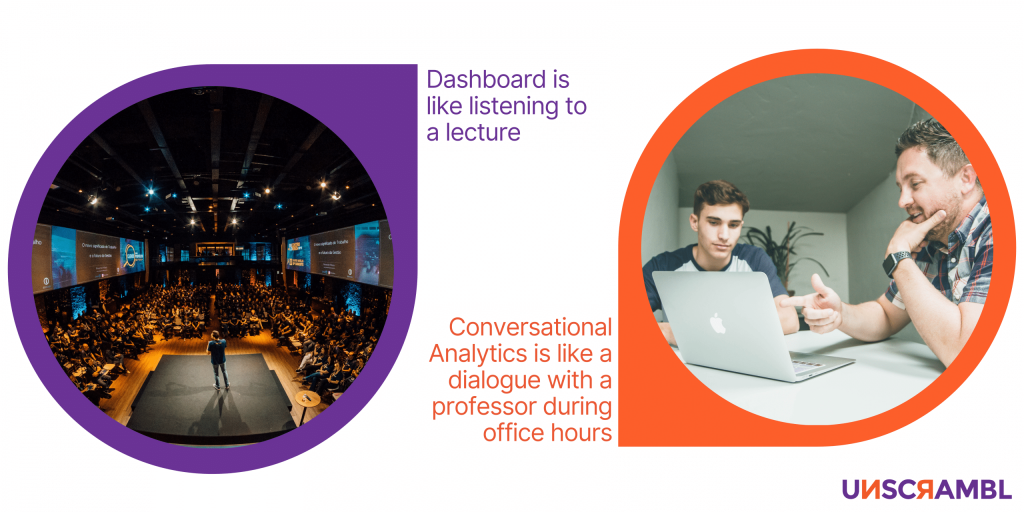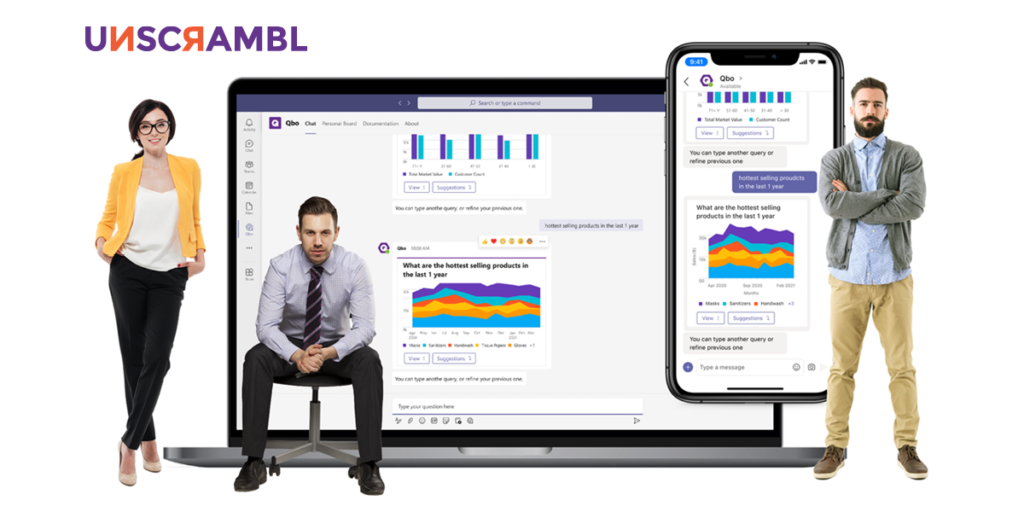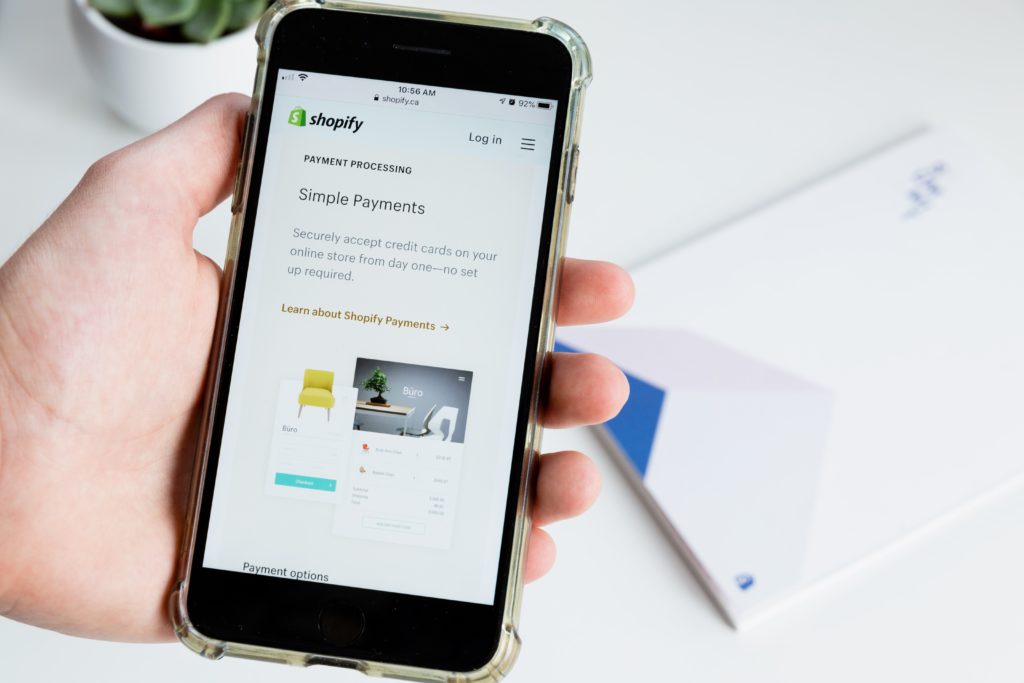 4 Minutes
4 Minutes

Beyond dashboards – Unlocking insights with Conversational Analytics
Dashboard Vs Conversational Analytics.
Imagine spending close to one-fourth of your working day looking for information or trying to make sense of the information (data) presented to you.
Unbelievable as it sounds in the era of sophisticated BI tools with their fancy graphical interfaces, workplace surveys and anecdotal examples point to the productivity drain in the quest for meaningful and actionable insights.
If “death by Powerpoint” is the curse of long-drawn office meetings, “death by dashboards” is no less of a curse for business decision-making.
Before we proclaim the obituary of dashboards – as a growing number of data analytics professionals are already doing, let us acknowledge that dashboards have played an important role over the years. They were a huge leap forward from staring at numbers on spreadsheets and have contributed significantly towards the democratization of data in organizations. However, the data revolution of the last 10-15 years, the consequent demand for data-driven decision-making and the relatively limited adoption of BI tools have exposed the limitations of dashboards. For most businesses, they are no longer fit-for-purpose and it is time to take the next leap forward.
1. The problem with traditional dashboards
Nir Eyal in his Medium post from a few years ago summarized the three key functions of an analytics platform: surface relevant information, support decision making and facilitate action.
As he points out rightly, many of the analytics dashboards do a fairly good job of the first while doing very little with the other two, thereby adding insignificant value to a business. The rich graphical interfaces of dashboards may at best show the correlations between different parameters; but more often than not, they don’t help determine the cause-effect relationships, let alone provide any solid suggestions to act and reliably predict the outcome of acting on such suggestions. Getting the information from the data is only the means to an end.
Secondly, dashboards do tend to place a big burden of responsibility on the end-user. That is why it is so common to find innumerable dashboards being created in companies at the significant expense of time and money- function by function, department by department- only to be left unused or at best, used sub-optimally. Their ubiquity may be a welcome sign of an organization empowering people with access to data, but their limited usage betrays wasted opportunities.

Traditional dashboards are designed to provide answers to predefined “questions”– what you are already looking for. They aren’t dynamic enough to respond to new or additional questions, which is where conversational analytics is shifting the paradigm.
To draw on a popular concept from psychology, traditional dashboards represent a fixed mindset (a definite precursor to stagnation and death).
Conversational analytics, on the other hand, represent a growth mindset (or ‘Continuous Intelligence’, as Gartner refers to in the Hype Cycle for Analytics and Business Intelligence, 2019) . Continuous learning from data is an intrinsic component to this growth mindset. Dashboards may not be dead yet, but they are dying for sure.
2. Decisions through dialogs with data
Where traditional dashboards leave the interpretation of the story to the user, conversational analytic enable a two-way ‘dialog’ with the data.
Ask a question in conversational English on what the data is telling you and get the answer. And when combined with the power of augmented intelligence (AI), as we have with Unscrambl’s qbo insights solution, you could ask for outcomes from potential actions, and you get that answer too!
Who’d have thought that the unnerving complexity of data analytics could seem as simple as asking questions to Siri or Alexa?
>This real-time ‘collaboration’ with data as well as with team-members, no longer constrained by the fixed views offered by traditional dashboards, delivers a whole new level of decision-execution capabilities to users.
The use-cases for such a platform are plenty and diverse: from determining promotional campaigns for marketing by banks to increasing the ARPU from use of data services in telecom companies, to name just a couple.
People who are yet to buy into the potential of conversational analytics suggest that the outcomes can be adversely affected by the quality of the questions asked. Also, since different people ask questions differently, would a business be leaving too much to chance?
The short answer is No!
Not when you are using machine learning and augmented intelligence to go well-beyond the literal and true understanding of the purpose of the question. Smart conversational analytics solutions will be able to give the same right answer, irrespective of how differently the same question is asked.
So, here’s your question, are you ready to converse with your data?



